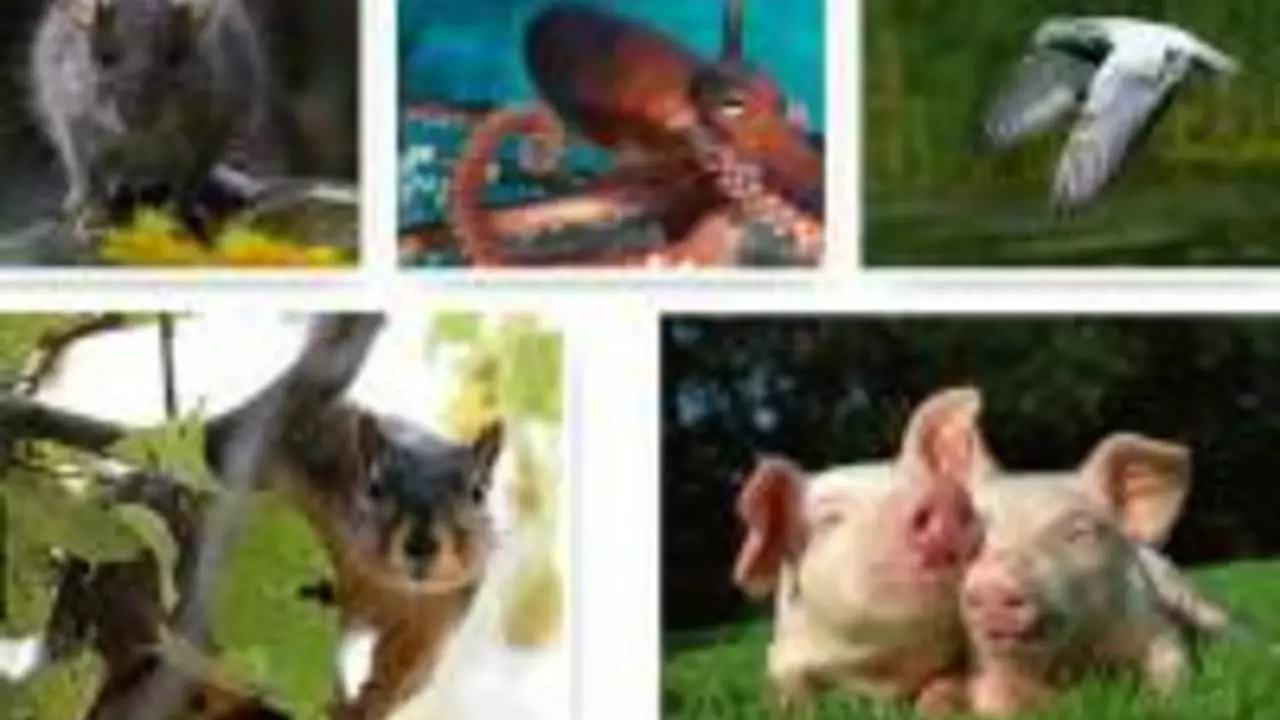Decoding the Aesthetics: Why we perceive certain animals as 'Cute'
The term 'cute' has significant implications when discussing animals. It's a relative term shaped by cultural perspectives and personal preferences. Animals like dogs, cats, and pandas often occupy the cute section largely due to their relatable emotions and pleasant aura, traits conferred on them by evolutions for better survival chances. Ah, the power of survival, it not only makes you tough but sometimes fluffy and adorable too!
As a kid, apart from being obsessed with dinosaurs and chocolates, I had a profound fascination for 'ugly' critters. Don't get me wrong, I loved my golden retriever, Simba, and still do, but the penchant for the less appreciated was always there. From admiring the snakes slithering around to the creepy tarantulas at the local zoo, my fixation was clear cut, the uglier the better. There was this tiny green lizard in our kitchen, not conventionally cute by any means. Still, it always outsmarted us as it evaded our ingenious traps and continued its reign in the kitchen. As humans, the scale we use to determine cute and ugly is mostly based on aesthetic appeal rather than intellectual prowess.
Cracking the Intelligence Quotient: Is cuteness a marker of intelligence?
The age-old debate of whether cute animals are more intelligent than their less attractive counterparts has divided the scientific community. People usually perceive 'cute' animals like dogs, dolphins or parrots as highly intelligent, mainly because of their interactive capabilities or their ability to learn human commands. But hey, does that necessarily prove their superior intelligence? Well, the jury is still out on that one!
Conversely, we tend to overlook or undermine 'ugly' creatures. Take bats, for instance, not the cutest in the Animal Kingdom, but here's a shocker, bats are among the few mammals that can understand the concept of space and time and they can predict the location of their prey. Absolutely bat-tastic isn’t it? Or even the octopus, humbly resides in the 'not-so-cute' club but its cognitive abilities are mind-boggling. They use tools, change their body color and texture, and can swiftly solve escape-room puzzles. There's some food for thought!
Digging Deeper: Understanding the role of evolution in shaping intelligence
When we discuss animals' intelligence, it becomes imperative to consider the role of evolution. Evolution is a great leveller, bestowing different species with distinctive traits based on survival needs in their specific environments. The cognitive abilities of animals are not just functional but they evolve over time as strategic responses to ecological, social, and environmental challenges. Imagine if I could change my skin color based on the weather, wouldn't that be fascinating? Lazy winter afternoons would see me being a cozy brown while sunny summer days would transform me into a cool aqua. I guess I've taken this too far, but who knows what evolution has in store for us; after all, it's the master puppeteer initiating these dramatic changes.
The mechanism of evolution demonstrates that intelligence is not necessarily tied to being cute or being seen as adorable. In fact, an animal’s intelligence can often be the result of responding to occasions requiring problem-solving and adaptations, which most of us might not find exactly cute. If you've ever seen a crow using a stick to extract food from a bottle, you'll be amazed at its problem-solving skills; and trust me, crows don't usually top the list of 'cute' animals!
Navigating the Bias: Shattering the myth of cuteness equating intelligence
I believe our perception is heavily clouded by the 'Disney Effect' where engaging animals are more often displayed as good and intelligent, while the less visually appealing ones are shown as evil or gullible. Our mental model of the world, primarily shaped by what we see in the media and our personal affinities, tends to undermine the intellectual capacities of some species just because they are not considered 'cute'. But let me share a secret - 'ugliness' is often the cloak of brilliance!
Think about the Aye-aye, a lemur species that look a bit scary with its freakishly long fingers and bulging eyes. But these unique traits help them locate larvae inside tree barks, a skill mastered by only a few. Or the fascinating tardigrades, commonly known as water bears. If asked to pick the 'cute' ones in a line-up, you'd probably overlook these tiny creatures, but their resilience is unparalleled, surviving the most extreme environmental conditions on earth and even space! So next time, remember, cute or not, every creature possesses a unique intelligence shaped by hundreds of thousands of years of evolution. So let's appreciate the intellectual beauty that shrouds the physical appearances.
All animals, be they 'cute' or 'ugly', are a testament to the beauty and diversity of life, each with their own intelligence and survival skills. Here's to more appreciation and love for all creatures - fluffy, slimy, big, small, pretty, and not-so-pretty. After all, everyone deserves to be appreciated and respected for their unique capabilities and contributions to the circle of life!
